Explore the Best AI Image Gallery
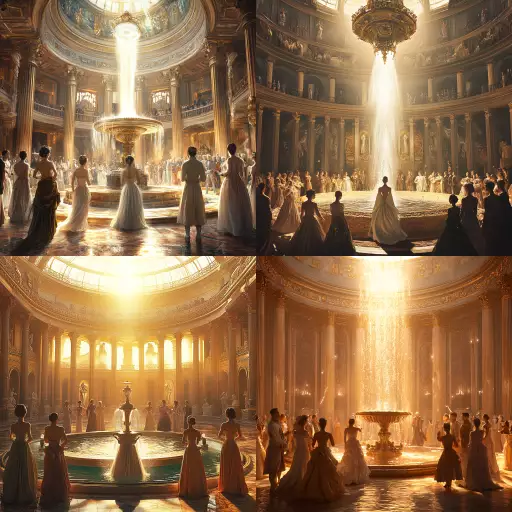
AI: The New Brushstroke - Transforming the Landscape of Graphic Design
The world of graphic design is undergoing a seismic shift, driven by the transformative power of artificial intelligence (AI). No longer a realm solely confined to human creativity, AI is stepping onto the canvas, offering new tools and possibilities that are reshaping how we conceive, create, and experience visual communication.
AI: A Creative Catalyst
AI-powered design tools are rapidly evolving, empowering designers with unprecedented capabilities. From automating repetitive tasks like resizing images or generating basic layouts to crafting complex illustrations and unique typographic treatments, AI is streamlining workflows and freeing up designers to focus on higher-level conceptualization and strategic thinking.
Applications Across the Design Spectrum
- Logo Design: AI algorithms can analyze trends, brand guidelines, and target audiences to generate a range of logo options, providing designers with a starting point for exploration and refinement.
- Content Creation: AI can assist in creating compelling visual content, such as infographics, social media graphics, and presentations, by automatically generating visuals based on text inputs or data.
- Web Design: AI-powered tools can generate website layouts, suggest color palettes, and optimize design elements for user experience (UX), accelerating the web design process.
- Branding & Marketing Materials: AI can help create cohesive brand identities by generating consistent visuals across marketing collateral, ensuring a unified brand message.
Ethical Considerations: Navigating the AI Frontier
While AI offers immense potential, it also raises important ethical considerations that designers must address:
- Copyright and Ownership: Questions arise regarding the ownership of AI-generated designs. Who holds the copyright – the user, the AI developer, or the algorithm itself?
- Bias and Representation: AI algorithms are trained on vast datasets, which can reflect existing societal biases. Designers must be vigilant in identifying and mitigating potential bias in AI-generated outputs to ensure inclusivity and fairness.
- Transparency and Explainability: The decision-making processes of some AI models can be opaque. It is crucial to strive for transparency in AI design tools so that users understand how designs are generated and can make informed decisions.
The Future of Design: A Collaborative Landscape
The future of graphic design lies in a collaborative partnership between human creativity and AI technology. Designers will leverage AI as a powerful tool to enhance their workflow, explore innovative concepts, and push the boundaries of visual communication.
AI will not replace human designers; instead, it will empower them to focus on higher-level tasks such as strategic thinking, conceptual development, and building meaningful connections with audiences. The most successful designs will emerge from this synergistic relationship, where AI augments human creativity and unlocks new realms of visual expression.
Embracing the AI Revolution
As AI continues to evolve, designers who embrace these advancements will be at the forefront of this creative revolution. By understanding the capabilities and limitations of AI, navigating ethical considerations, and fostering a collaborative approach, graphic designers can harness the power of AI to create truly innovative and impactful visual experiences.

](https://images.ai-img.art/thumbnails/150/3c5dc62bba83cc9919c20ebfec8430d31e821cef586a2753dd85ef26d77d480a.webp)



](https://images.ai-img.art/thumbnails/150/1accb5453f2335686b162f0a879c7ce73a18516a33868f214a16bdaf95beeb5a.webp)
](https://images.ai-img.art/thumbnails/150/3e8c063b4357fc743a3c6e49a3145ee31b2dcecc018c38d2db8f97bf3e3fda3f.webp)


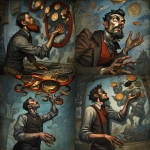
](https://images.ai-img.art/thumbnails/150/8c320ce9aefbbb5b9ec5fd4e1d0fba7388f0fff5b6c2e2f14077cad3008f291d.webp)

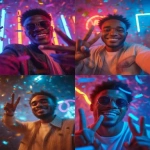





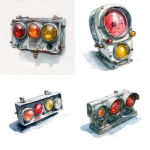
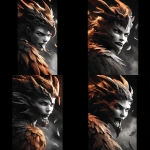

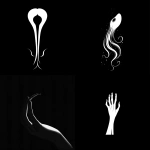
](https://images.ai-img.art/thumbnails/150/1d7b3a908141474d50d90721c394db29c0cb5404d685ae70ea60430c18e905b7.webp)
